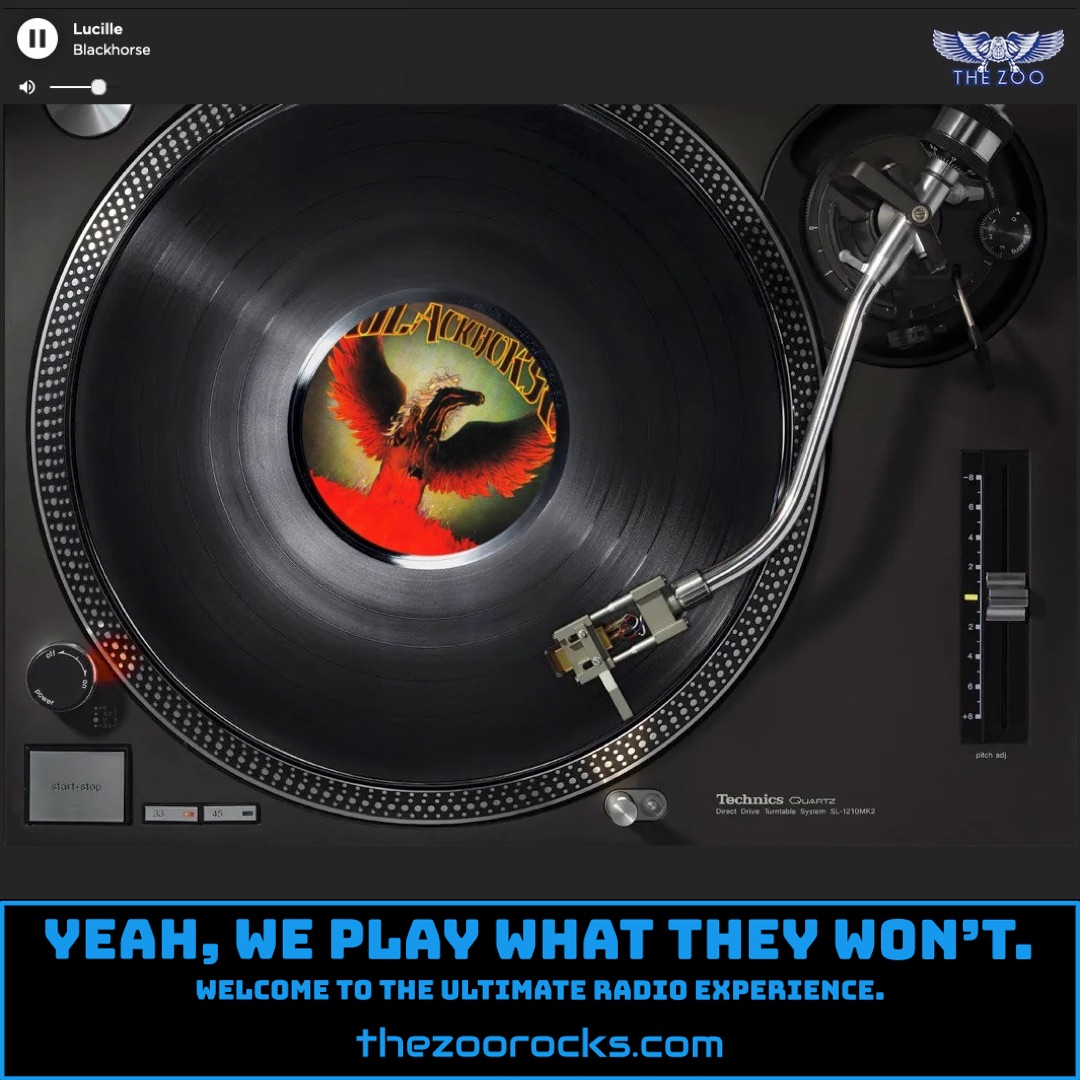Rikki Don’t Lose That Number
Steely Dan
Hey there, Zoo Freaks! Your favorite hippie DJs at THE ZOO are spinning the smooth vibes of "Rikki Don’t Lose That Number" by Steely Dan from their 1974 album Pretzel Logic. This track, the band’s biggest hit, climbed to number 4 on the Billboard Hot 100 and carries some juicy trivia. The song’s iconic intro riff is heavily inspired by Horace Silver’s jazz classic "Song for My Father", giving it that jazzy backbone Steely Dan is known for. The tune features Jim Gordon on drums and a slick guitar solo by Jeff "Skunk" Baxter, who soon after joined The Doobie Brothers. Fun fact: Victor Feldman’s flapamba (a marimba variant) opens the album version, but it was cut from the original ABC single release at the insistence of Geffen Records.
The lyrics have sparked plenty of speculation over the years. Many fans thought the "number" referred to a marijuana cigarette, with the line "send it off in a letter to yourself" hinting at a sneaky way to mail weed. However, Walter Becker debunked this in a 1985 Musician magazine interview, clarifying it’s just a phone number. Donald Fagen later revealed the song’s inspiration: a college crush named Rikki Ducornet, a writer he met at Bard College. As shared in posts on X, Fagen gave Ducornet his number at a party, but she, married and pregnant at the time, lost it and never called. Ducornet herself confirmed in 1998 that she believes she’s the song’s subject, adding a philosophical layer to its wistful tone. John Lennon even gave it a nod in a 1974 interview, calling it a "good commercial record."
Steely Dan, the brainchild of Donald Fagen and Walter Becker, started in the late 1960s when the two met at Bard College in New York. Bonded by their love for jazz, R&B, and witty cynicism, they began writing songs together. By 1969, they moved to New York City, working on movie soundtracks and backing an oldies act before landing in Los Angeles in 1971 as songwriters for ABC Records. With producer Gary Katz, they formed Steely Dan—named after a quirky reference from William S. Burroughs’ novel Naked Lunch—and recruited musicians like Jeff Baxter and Denny Dias. Their debut album, Can’t Buy a Thrill (1972), surprised everyone with hits like "Do It Again" and "Reelin’ in the Years", blending jazz, rock, and pop with razor-sharp lyrics.
After their early success, Fagen and Becker ditched touring in 1974 to focus on studio perfectionism, hiring top session musicians for albums like Pretzel Logic and Katy Lied. Their music, described by Britannica as some of the most intelligent pop of the 1970s, tackled themes of lost hope and irony with a glossy sound. The duo split in the 1980s but reunited in the 1990s, releasing Grammy-winning Two Against Nature in 2000. Becker’s passing in 2017 marked a turning point, but Fagen keeps the band’s legacy alive through tours.
You can stay connected with Steely Dan via their official website, Facebook, Instagram, and X accounts. Fans, or should we say Zoo Freaks with a Dan obsession, gather at places like the Steely Dan Fan Group on Facebook and Steely Dan NL, a fan site packed with discography and news. So, keep those dials locked on THE ZOO, and don’t lose that number, freaks!

